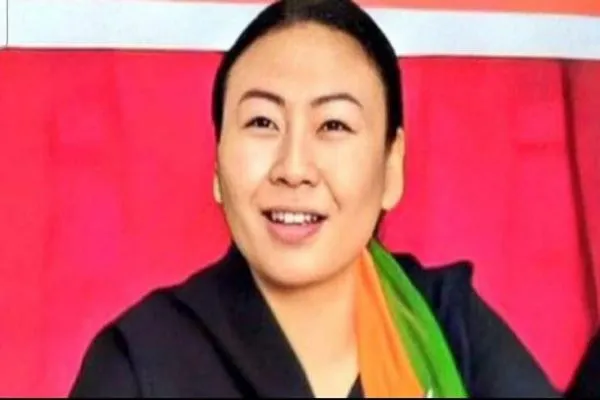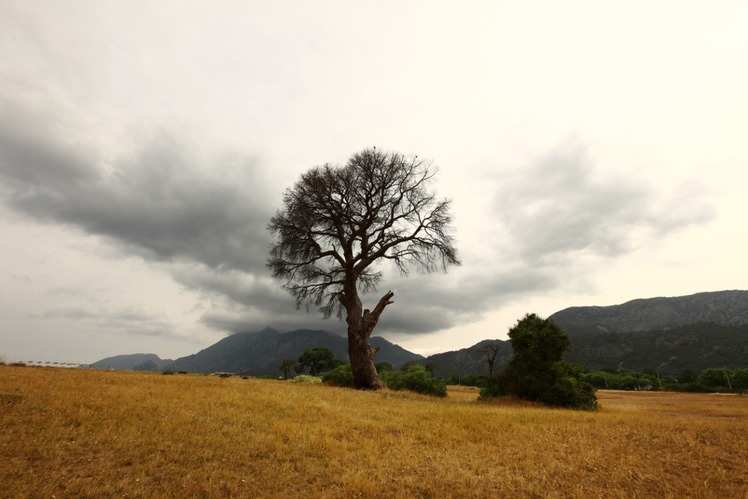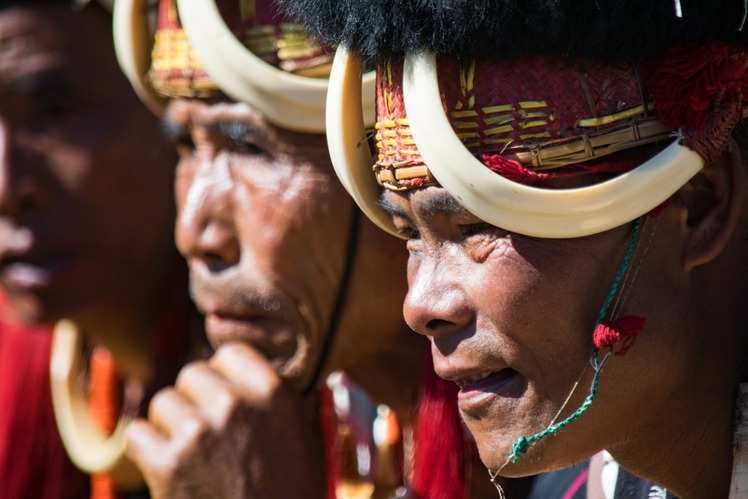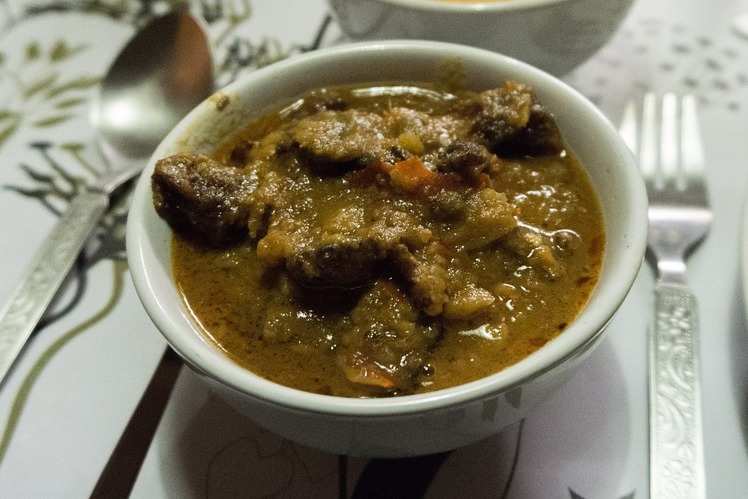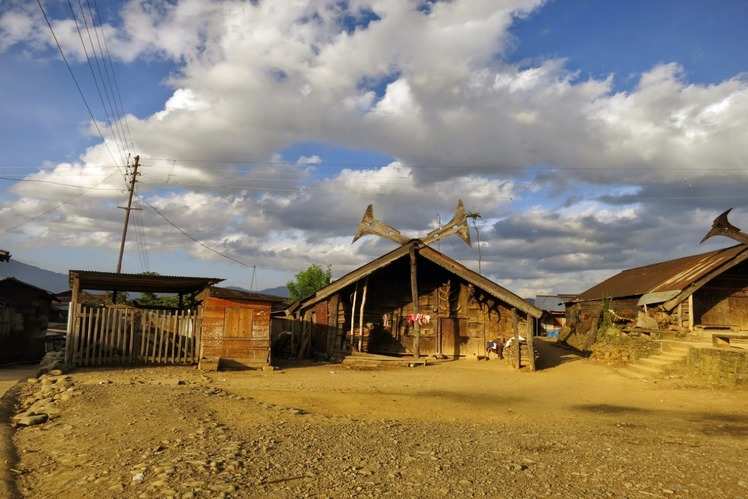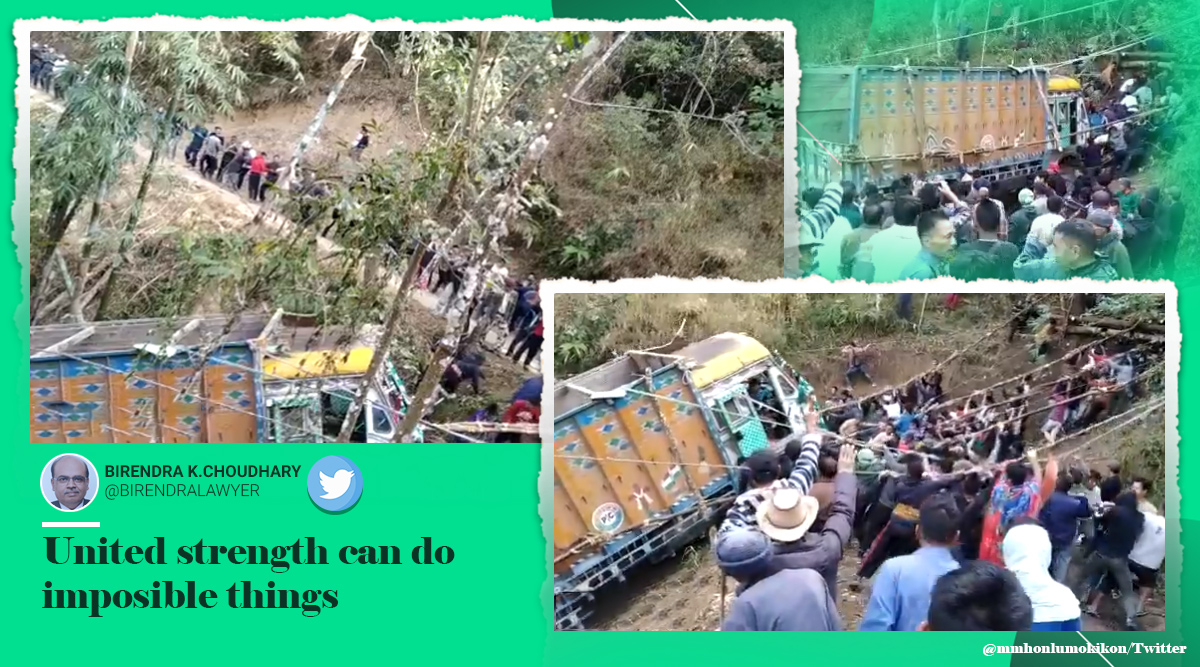The
pilot project has been launched at Boke-Botsa under Kohima district,
where eight departments and a public undertaking are converging for the
first time to work with the village community
The Nagaland government has begun work on an innovative model of
cluster agricultural development, Naga Model Integrated Settled Farming
(NISF).
The pilot
project was launched at Boke-Botsa under Kohima district, where eight
departments and a public undertaking – agriculture, sericulture,
horticulture, animal husbandry and veterinary science, water resources,
fishery and aquatic resources, land resources, soil and water
conservation, and the Nagaland beekeeping and honey mission – are
converging for the first time to work with the village community.
Covid-19-induced
lockdowns in 2020, which highlighted the gap in production and access
to food, prompted the state government to look at the agricultural and
allied sector in a new light. Chief minister Neiphiu Rio also said in
his recent budget speech, “The agricultural and allied sectors are going
to be the most important aspect of the state government’s strategy
towards achieving a self-sustaining economy”.
The
project is based on the concept of settled farming because farming in
most of the Naga villages still sees villagers living on hilltops for
security, while their fields are located at the foothills. The settled
farming concept looks to change this approach, saving the farmers the
commuting time with the activities closer home.
According
to agriculture production commissioner (APC) Nagaland, Y Kikheto Sema,
the NISF pilot project area is slightly over 1,000 acres involving 145
farmers or landowners. Several samples of soil have been sent for health
testing for agricultural purposes. Mapping of the area was carried out
in November 2020 and farmers’ activities have already commenced in
February. Road construction around the project site has also been
completed.
The
government is also establishing a farm-to-market chain for marketing
linkage and storage that will help farmers sell their produce in a
bigger market. Sema said many of the Central government schemes were
devised as per the conditions of the mainland states, while the
topography and system of cultivation in Nagaland is different, making
the schemes unsuitable for Naga farmers.
Jhum, or shifting
cultivation, though not economically viable and ecologically
sustainable, is a major practice in the state. Sema said this practice
was ultimately reducing the state’s forest cover and at the same time,
making it difficult for the department(s) to connect with the farmers in
consecutive cycles. He expressed hope that the NISF model would address
these challenges.
In the pilot project, the state government is
looking to establish an organic vegetables market, about 200 fisheries, a
commercial nursery, seed banks to preserve and promote traditional
seeds, compost marketing, farmers training institution, custom hiring
and repairing of farming tools and machinery.
The aim is to turn the project into a model farming township, and ultimately a business model.
Also Read | ‘Reckless’: Naga group on governor RN Ravi’s peace talks concluded statement
“If
it (the NISF pilot project) is successful, we will implement it in all
districts. But its success also depends on all the stakeholders,” Sema
stated.
“The main aim of the project is to start an ecosystem of
farming. If it is successful, it will not only give an entirely new
direction to Nagaland, but to other states in the country as well – to
lead the way for the next generation,” says Richard Belho, the project
consultant. He admitted that the pilot was being started on a research
and experiment basis, but was hopeful that it would take off well and
attract the educated younger generation back to the field.
“We
never had a proper market structure. The activities introduced by
various agri and allied departments often overlap with the farming
community’s, thereby resulting in having to shelf the new activities
after a few years of trial. With NISF, we are looking at sustainability-
first for the farmer, then the village community, and finally the
market,” Belho said.
He said the departments will track the
activities and document their successes and failures so that the future
models can learn from the pilot project, he added.
“If implemented
properly, this project will enable farmers to multiply their
production, become a contributing factor towards sufficiency and even
export beyond the village. The projects are different from our normal
practice as, for instance, the fishery ponds are being widened,
scientific testing of soil is being done to assess suitability of crops
etc.,” says Kechangulie Kense, one of the farmer-landowners at
Boke-Botsa. He said he has taken up fishery and horticulture.
“Farming
was not an option earlier, but this settled farming project has changed
my opinion and I want to seriously get involved in it,” Kense said.
Another farmer and a village elder, Pfheliezhü, said he is upbeat about the project.
The
first impact and output from the project is expected within the next
three to six months. However, the actual output will be the result
yielded in the next three years.
